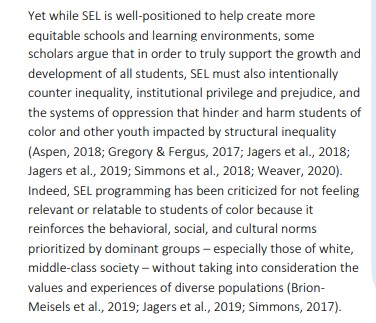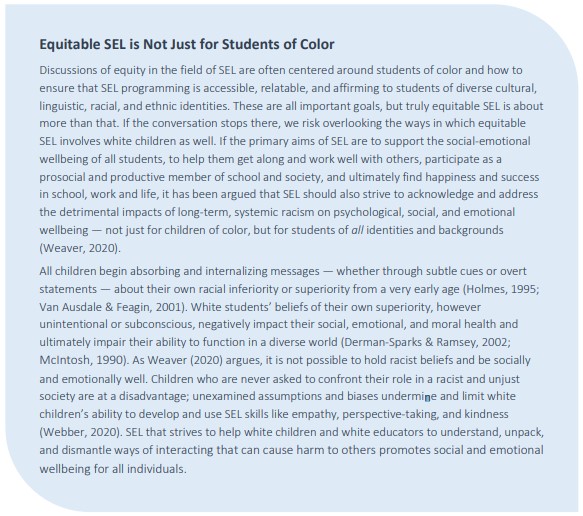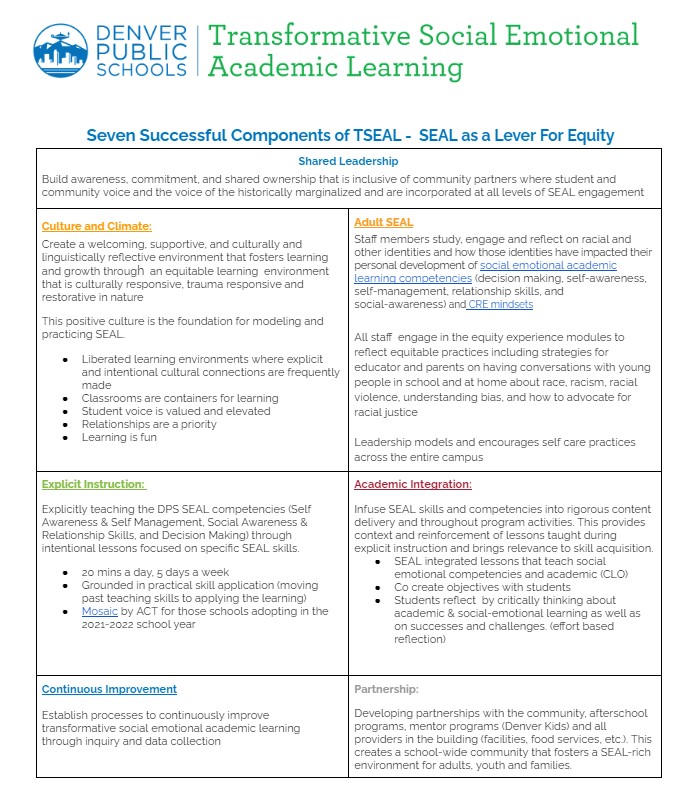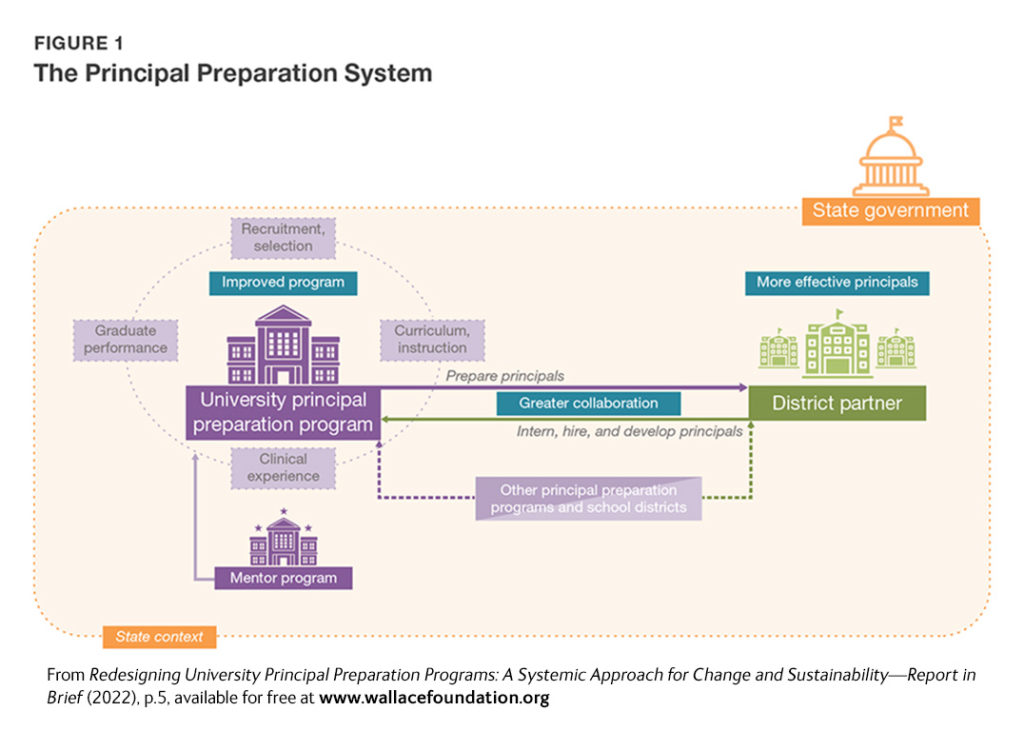Cracked Foundations: Wallace Foundation
Investigations
The Wallace Foundation is a philanthropic organization with a mission to “foster equity and improvements in learning and enrichment for young people, and in the arts for everyone.” It seeks to accomplish this mission by funding projects that progress its “Theory of Change.” The goal is to fund “real-world tests to yield answers to fill those gaps” in knowledge. The foundation seeks to disseminate “what has been learned to policymakers, influential thinkers and those who work in the fields we cover.”

Two main project areas of the foundation include developing school leadership partnerships such as principal training and evaluation, and Social and Emotional Learning.
In 2016, the Wallace Foundation started its Social and Emotional Learning Initiative. The aim of the initiative is to fund SEL implementation and alignment between school districts and out-of-school time (OST) or afterschool programming. This partnership also includes the involvement of the Collaborative for Academic, Social and Emotional Learning (CASEL).
A foundation report titled “Navigating SEL From The Inside Out” defines equitable SEL as “SEL that affirms diverse identities; incorporates student cultural values, practices, and assets; fosters positive identity development; promotes student agency and voice; and acknowledges and addresses persistent environmental stressors such as racism, transphobia, homophobia, and classism.”
The document continues: “In order to discuss equitable SEL and the practices that promote it, we must first define what we mean by equity.” Even though the foundation recognizes that as a general concept equity is the idea that “all students deserve fair access to resources, conditions, and opportunities they need to succeed,” it also states that equity is often viewed in “conflicting ways” and lacks a “clear definition or steps for how it can be achieved.”
The Wallace Foundation defines “educational equity” as the “intentional counter to inequality, institutionalized privilege, prejudice, and systemic deficits in the education system and the simultaneous promotion of conditions that support the wellbeing of students who experience inequity and injustice.” This definition was derived from the definition of “robust equity,” which incorporates the “more expansive systems-focused aspects of racial equity such as dismantling white supremacy and addressing the legal, political, social, cultural, and historical contributors to inequity that exist within broader societal and institutional structures.”

Equitable SEL, according to the document, is “not just for students of color.” It states that “all children begin absorbing and internalizing messages” about their own “racial inferiority or superiority from a very early age.” It continues: “Children who are never asked to confront their role in a racist and unjust society are at a disadvantage; unexamined assumptions and biases undermine and limit white children’s ability to develop and use SEL skills like empathy, perspective-taking, and kindness.”

As a participant in the foundation’s Partnership for Social and Emotional Learning, Denver Public Schools created what it calls “Transformative Social and Emotional Academic Learning” or TSEAL. The district defines TSEAL as a “process whereby young people and adults build strong, respectful, and lasting, relationships that facilitate co-learning to critically examine root causes of inequity.” It also states that TSEAL is “aimed at redistributing power to promote social justice through increased engagement in school and civic life.”
Denver Public Schools states that racial and educational equity is “our collective responsibility.” The district explains that it will achieve equity when it dismantles “deeply rooted systems of oppression that have historically resulted in inequitable access and distribution of opportunities and resources for those who represent marginalized identities, including race, ethnicity, gender identity, sexual orientation, language and ability.”
The district’s “TSEAL Success Framework” explains that along with social and emotional skills,” schools must also fold in conversations about race, ethnicity, gender identity, sexual orientation, language and ability so that the conversation about TSEAL takes into account the student’s fullest identities.”

The Wallace Foundation, in its mission to influence how school leadership is prepared, developed what it calls its “Equity-Centered Pipeline Initiative.” The purpose is to “explore how to build pipelines that can produce school leaders capable of advancing their own district’s vision of equity.” While the foundation offers a definition of equity through SEL, it also states that its meaning depends on the school district’s “history and context.”
As part of the pipeline initiative, the district will then form a “District Partnership Team” that includes “local community organizations, two university leader-preparation programs, and the state education agency to develop its own, local definition of equity.”
For example, the Columbus City Schools (OH) received a multi-year $8.2 million grant to implement the initiative. The district defines “educational equity” as each student having “access to resources, opportunities, and supports they need to develop to their full academic and social-emotional potential.” It continues: “In order to achieve educational equity, we must make the necessary system changes (policies, processes, and practices) to reduce and eliminate outcome predictability.”

Stay Informed
